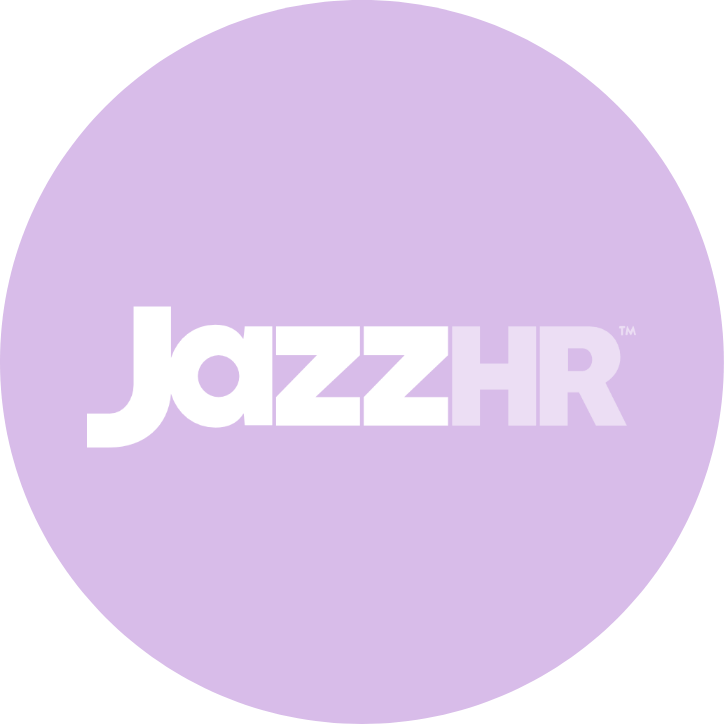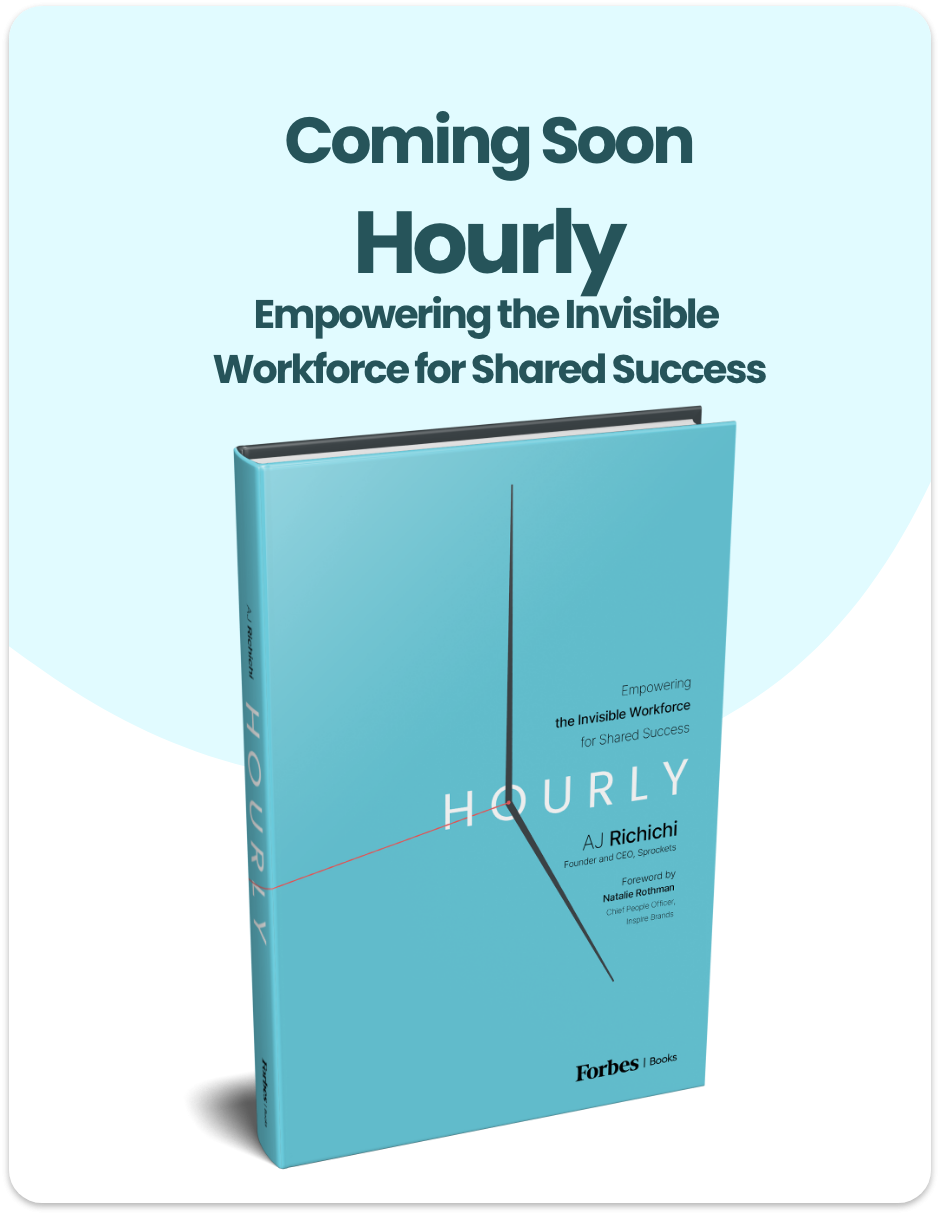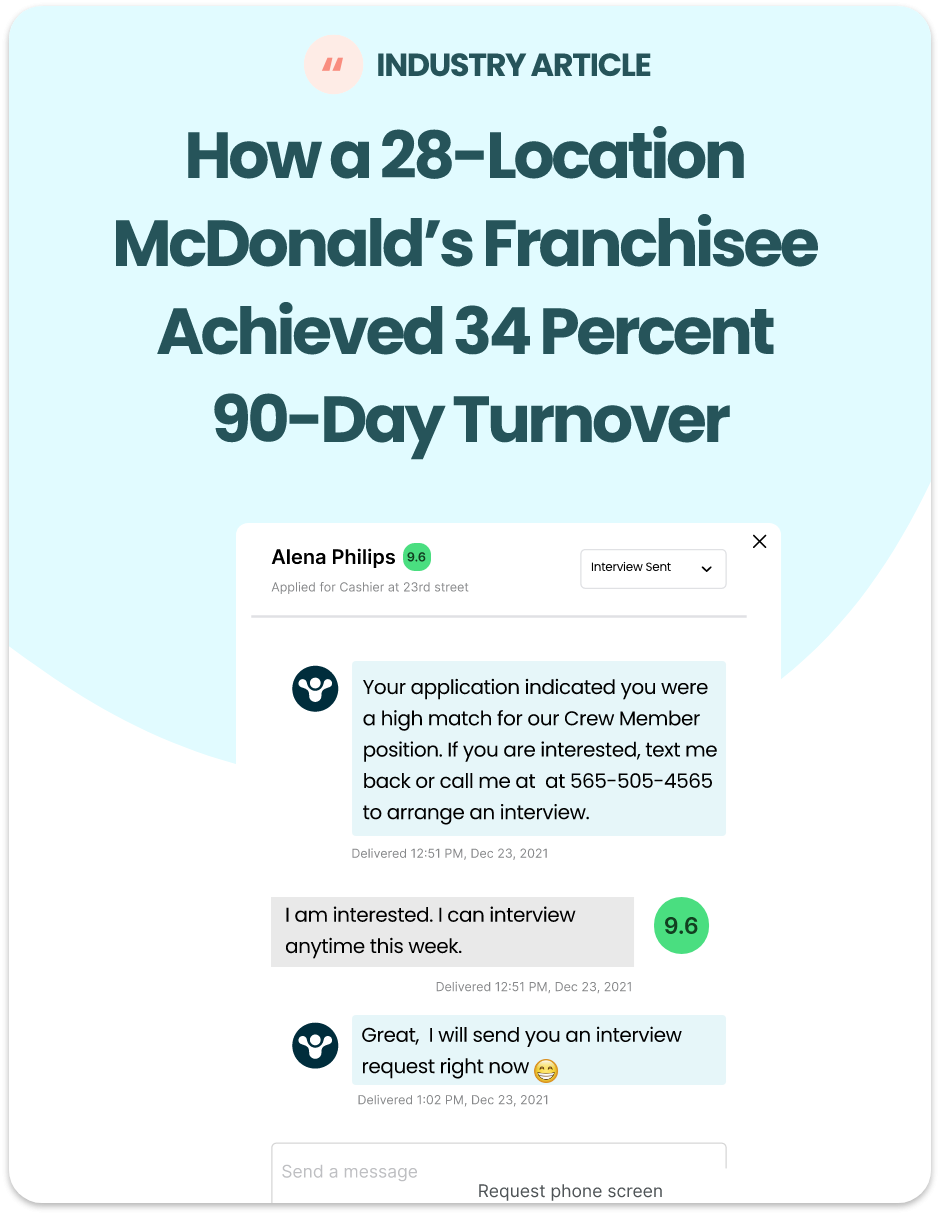The recruitment process involves finding applicants with the best skillset and personality for the job. Finding the right fit takes time and can be expensive, especially if you can’t afford to break the bank by hiring new employees. Instead, take a look at the different ways to bring in applicants without spending too much time and money.
What Is Recruitment Cost?
Recruitment cost is the total cost that an organization spends on recruiting new hires. The cost includes the time the job has been posted for when the new hire joins the organization. Analyzing the recruitment cost is crucial for the company’s profit analysis.
What Is a Recruitment Budget?
The recruitment budget is the estimate of all the costs your organization incurs when hiring new employees. It includes both external and internal costs. This can be anything from the recruiters’ salary, advertising expenses, and training. It’s worthwhile to have your recruitment budget aligned with the organization’s long-term business strategies.
7 Tips for Recruiting on a Budget
1. Determine Your Recruitment Plan
Here are a few things you should consider when determining your annual recruitment plan:
- What is the number of new hires you want to recruit?
- Will you have seasonal hires?
- What is your employee turnover?
- Will you have high-volume hires?
Answering the above questions will help you create a recruitment plan. The plan will help you know the yearly hires you need in your department. Make sure you talk to your managers to identify the annual headcount. It will be costly to hire staff only to realize they are not the right fit for the role.
2. Have an Expenditure Breakdown
You should calculate the amount you spend on recruitment every month. Here’s a quick breakdown that can be useful in determining the monthly budget:
- Cost per hire
- Job advert costs
- Recruitment software costs
- Background check on potential staff
- Branding
- External recruitment agency fees
- Interview expenses
- Salaries
- Onboarding costs
- Training costs
3. Keep an Eye on Historical Costs
If you have larger recruitment drives, it’s worthwhile to have an overview of the fixed costs. That way, you’ll understand the costly elements, like job fairs, agency costs, and recruitment tools. While analyzing your fixed expenses, make sure you know the annual recruitment expenditure. You should only allocate money to successful strategies.
4. Take Advantage of Technology
It can be time-consuming to find the right recruits. Luckily, you can take advantage of emerging technologies to streamline the recruitment process. With proper tools, you can analyze a large volume of data and identify the applicants who are best suited for the role. Recruiting technology will save you hours every day.
Innovation will help you recruit on a budget. When you have the right software, you’ll save time and effort. Having the right tools makes it easy to sort through unsuitable applicants so you only get the best hires. When choosing recruitment tools, consider the cost as well as the logistics of integrating with existing tools.
5. Leverage Employees
The best resource for finding new hires is your current employees. Using your employees will save you time and money. Furthermore, applicants referred by current employees will stay longer in the organization and have higher job satisfaction. Reach out to your employees for recommendations.
A referral bonus is an excellent motivation for your staff. This helps to encourage your employees to refer their friends and will ensure you have top-quality hires at a reduced cost.
6. Track Your Time
Knowing how long it takes your organization to recruit new hires will ensure your budget works better for you. Smaller companies take longer to hire. A larger organization, on the other hand, will employ often. You can also track additional metrics, such as:
- Candidate quality
- Source of hire
- Quality of hire
- Turnover rate
- Retention rate
7. Use Digital Channels
In recent years, social recruiting has gained popularity, and many organizations are embracing it as a recruitment strategy. Social media is used by 70% of hiring managers to hire new staff. Social media channels allow you to post about open roles and reduce recruitment costs. You can also use social media to build your employer’s brand.
How Sprockets Can Help
 It’s vital to know how much you spend on recruitment and use that information to manage your budget. Even with a small budget, you can still get the best hires for your organization.
It’s vital to know how much you spend on recruitment and use that information to manage your budget. Even with a small budget, you can still get the best hires for your organization.
If you’re looking for an intelligent tool to hire quality staff for your company, Sprockets can help. Sprockets uses AI-powered hiring software to match applicants based on the current top-performing and reduce employee turnover. Contact us today to improve your recruitment process.






























